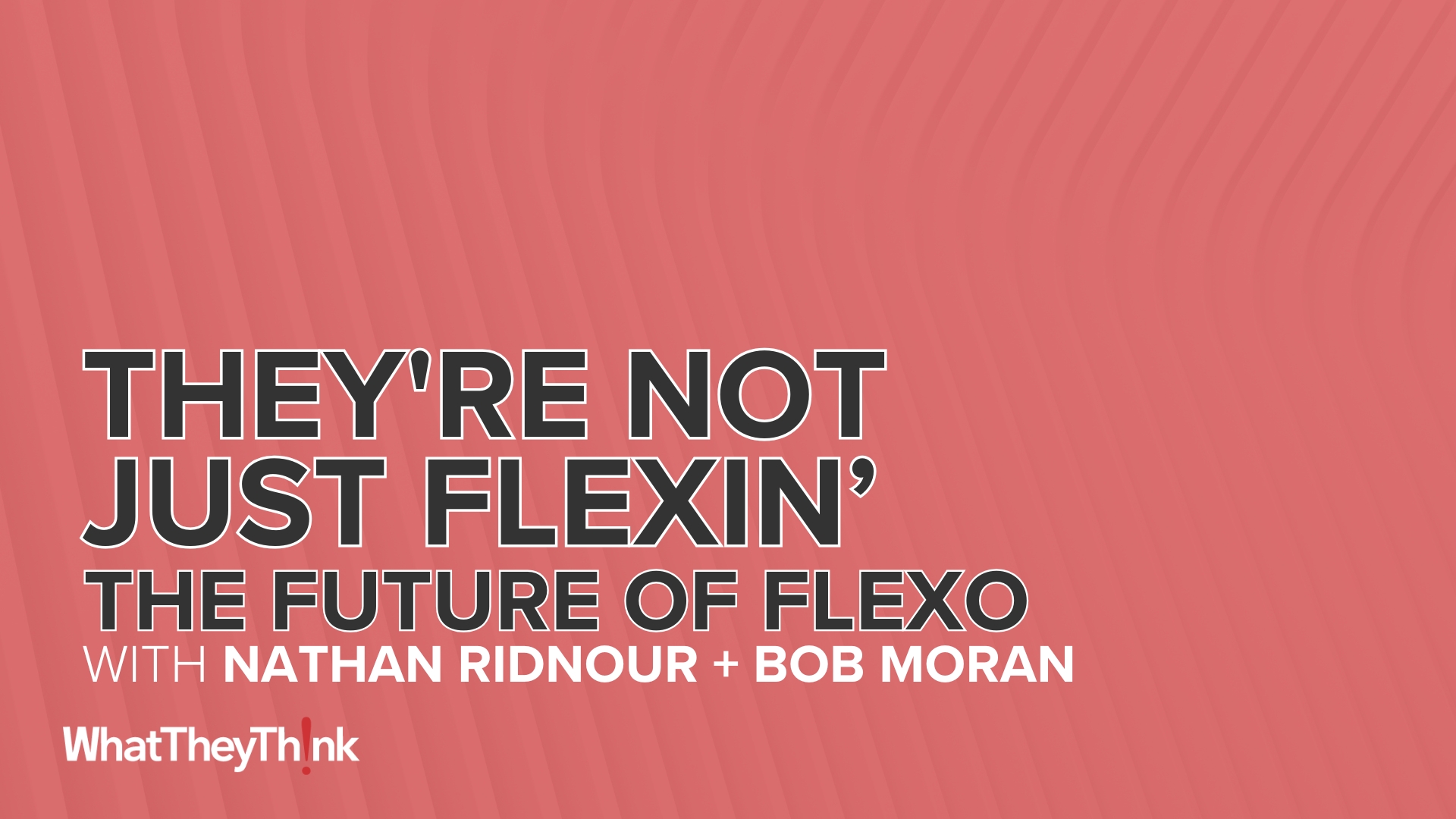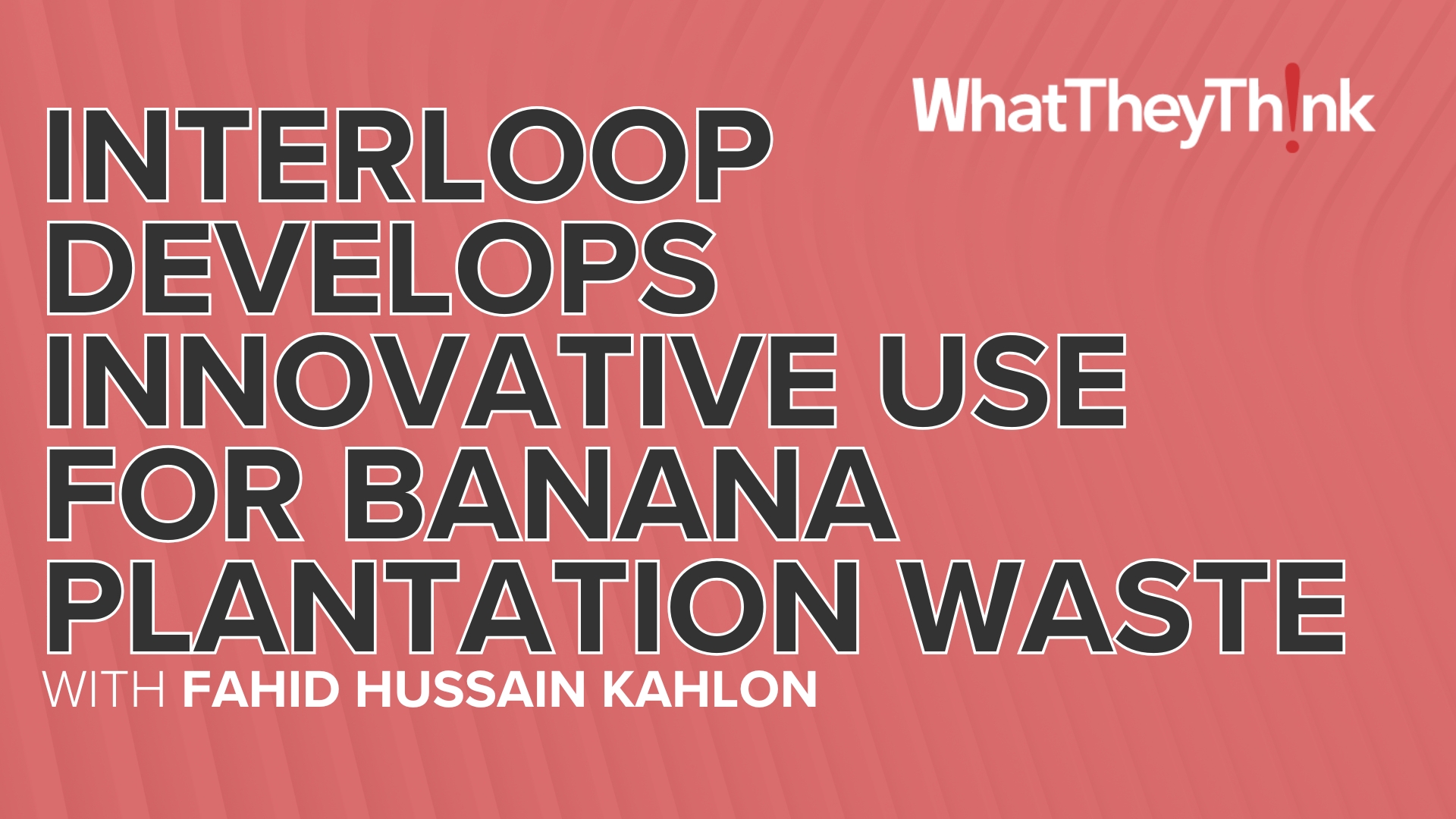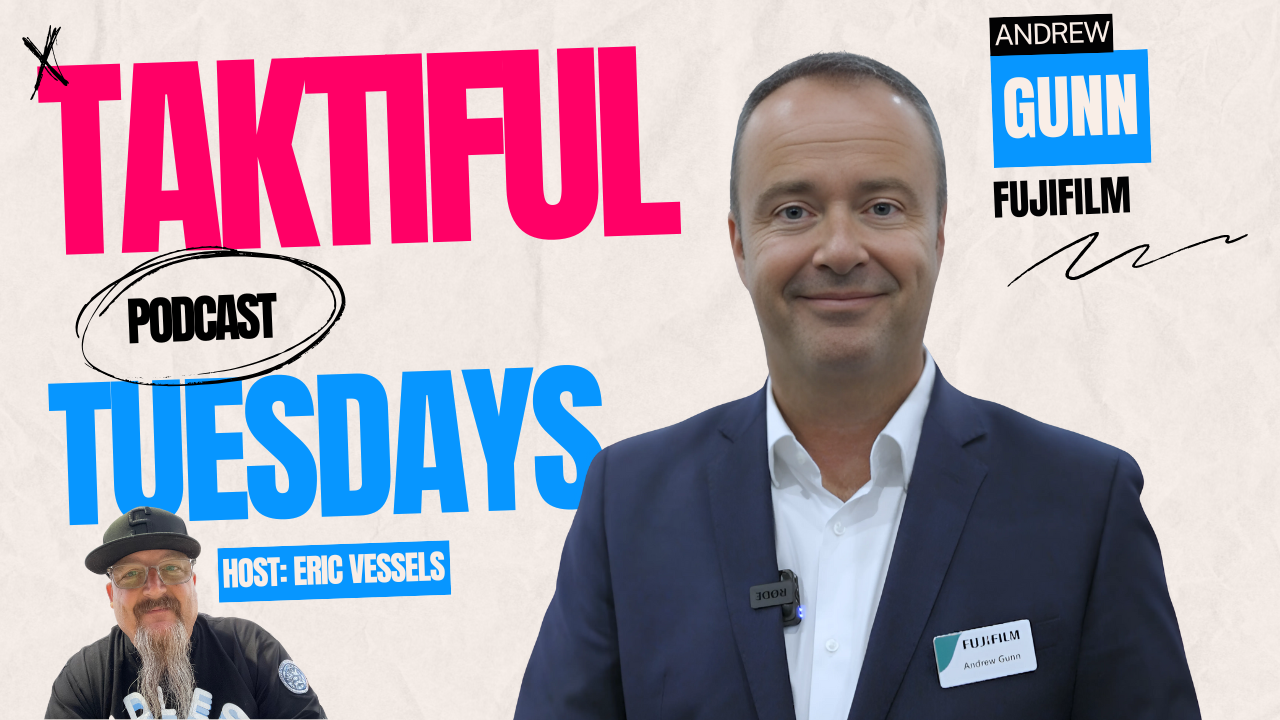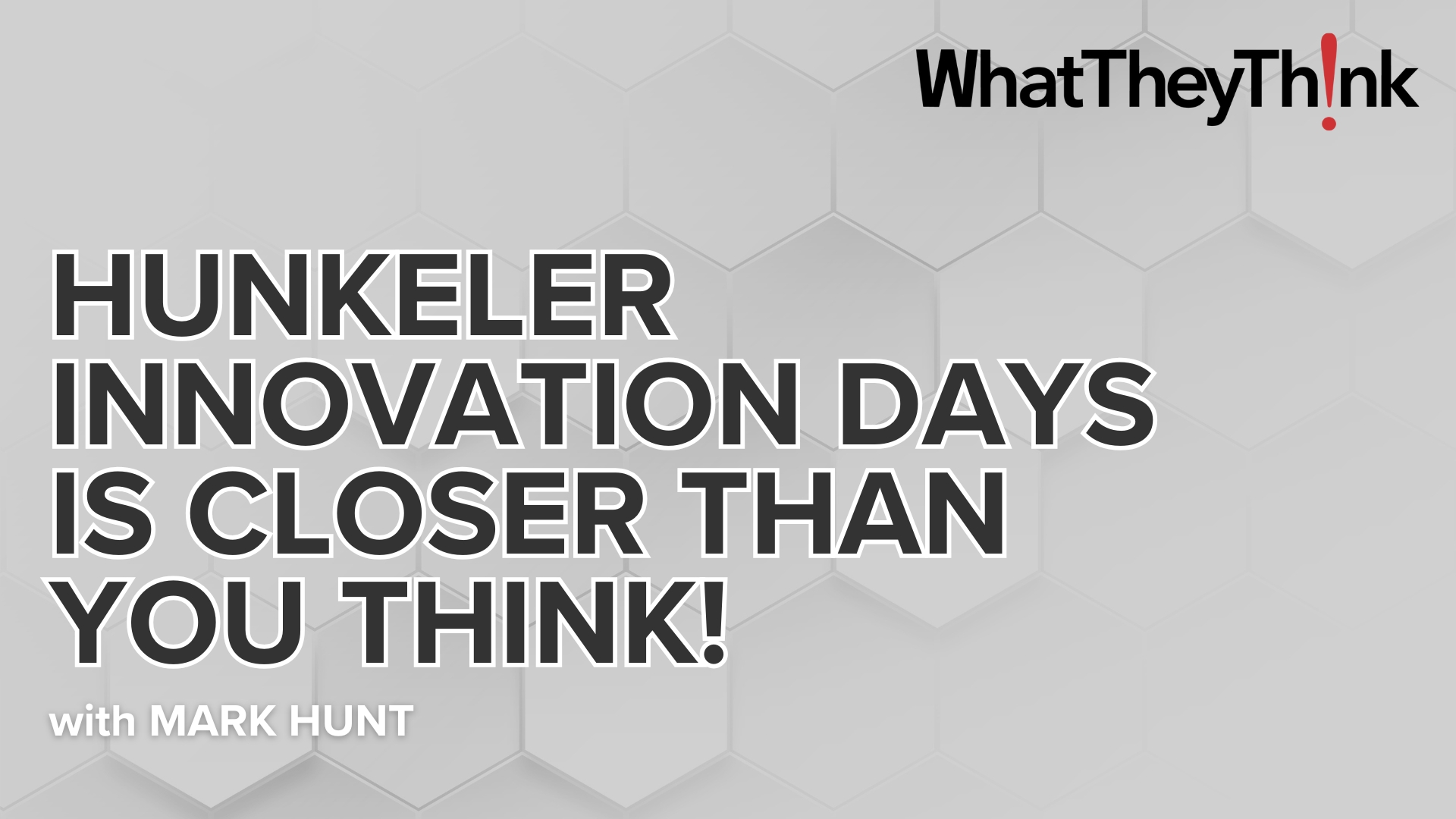Personalization is a trend that’s not going away any time soon. The way we interact with the internet has taught us to expect relevant, one-to-one experiences. Although it does prompt privacy challenges, research shows that about 63% of consumers agree that personalization is now part of a standard level of service that they expect[1].
In fact, many consumers are annoyed or frustrated when receiving offers that are not relevant or when a brand doesn’t recognize them as an existing customer. Examples of content that consumers find useful include coupons and promotional offers related to products and services they’ve purchased in the past or content that reflects their personal interests.
Creating personalized experiences in print is way more than just placing a name and address on a static direct mail piece. It’s about creating a fully customized document targeted to a specific person or persona. This may sound intimidating to some, but it doesn’t have to be given the many excellent tools available today. Many marketers and brand owners are looking to create engaging experiences for their customers and by mastering Variable Data Print (VDP) techniques, print service providers have the potential to capture lucrative business opportunities.
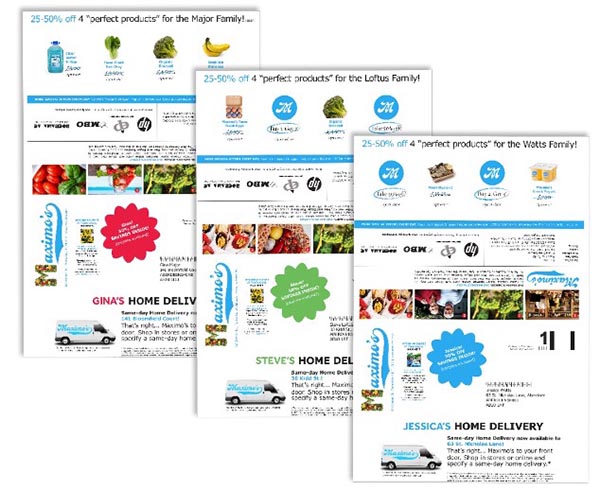
What’s Involved in the VDP Process
Design, Data, Logic—these are the three fundamental foundations to personalization in print. As in all campaigns, it begins with the objectives and strategy. Once these are known and data sets are understood, the next step is to map out all the elements of the campaign. The actual implementation starts by creating the document template, which includes the basic graphic design and the personalization logic. The design has the highest impact on campaign effectiveness. Building an impactful template requires creative marketing and graphic minds, and close cooperation with the brand. To enable full design creativity, we recommend using popular graphic design tools such as Adobe InDesign or Illustrator, with VDP plug-ins such as HP Smart Stream Designer or XMPie which have rich personalization features.
The plug-in will typically include ways to connect to the data source and apply basic if-then-else rules and sometimes more sophisticated logic than that. A data source can be as simple as an Excel file or comma-separated text file or more complex input sources such as an SQL database.
The logic determines how the personal data of the recipient impacts the document. For example: how the recipient’s age, gender, or address will govern the design, images used, and messages that each will receive.

Foundations of Variable Data Printing
The next step is to “run” the personalization rules and create the ready-to-print file. This process is called “composition” and automatically generates the personalized copy for each recipient. If, for example, the campaign targets 1 million people, the composed file will consist of 1 million personalized documents or records (that can have 1 or more pages each). The personalization software makes efficient use of the template which is RIPed only once and merged with the personal data, thus optimizing both the file size and processing time.
The Bottom Line
Running an effective VDP campaign creates differentiation and high value, as well as a higher level of stickiness with customers. Successful campaigns tend to breed more campaigns and more print volume. The ability to engage audiences with personalized, one-to-one communications requires skills, knowledge, and tools, but the results can be rewarding in more ways than one.
To view the entire Workflow Chef series and other relevant sponsored content from HP Indigo, visit https://whattheythink.com/topic/hp-workflow-chef/.




